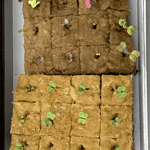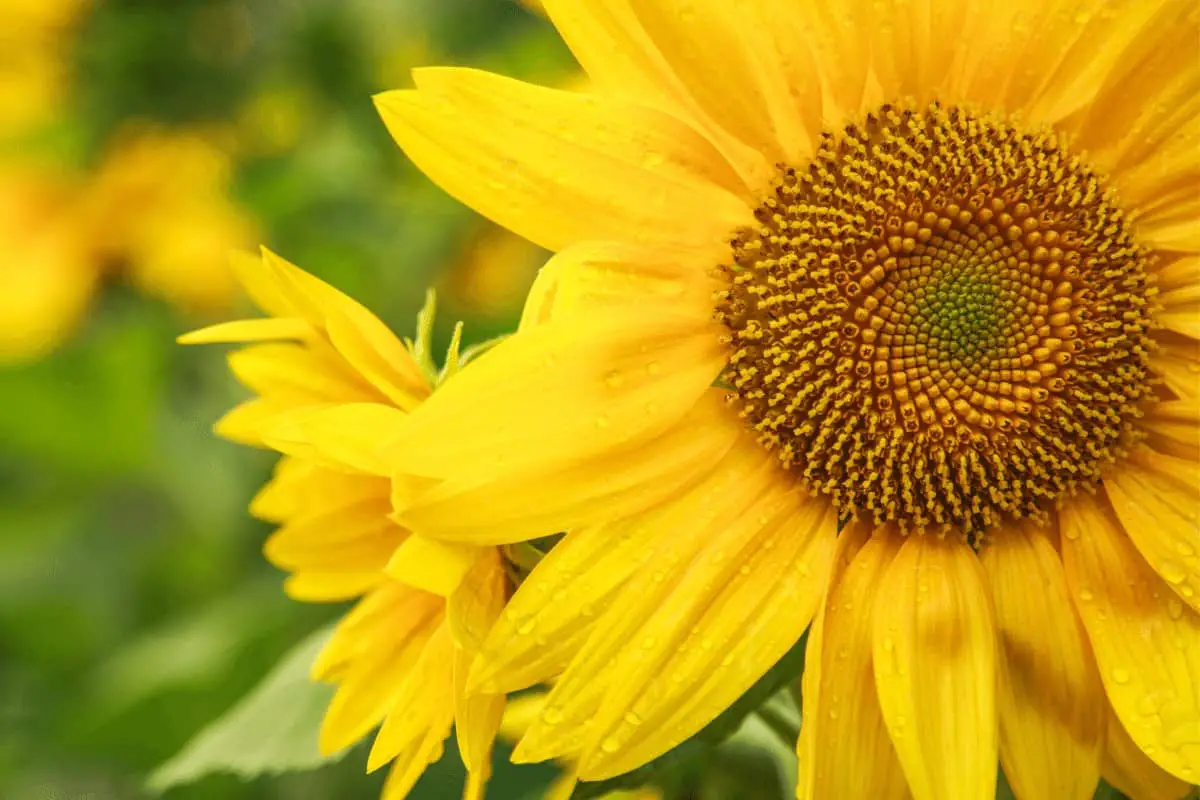By the end of Fall, I’m tired of tending to the garden. However, by March, I can’t wait to get out and clean up the garden beds. This is just about the time I can start to see new signs of new life.
So can you prune perennials in the Spring? Yes, you can, maybe you’re a very tidy person, who cannot stand the idea of messy foliage past its prime. Or you’ve been taught that pruning perennials in the fall are the correct way to prepare your garden for next year. So what are you to do? Here are some tips to help you in your Spring cleanup and pruning. In general, you should prune shrubs and trees in late winter or spring. Perennial flowers and some grasses, on the other hand, should be cut back in the fall to keep them looking tidy and to control diseases.
What Plants Do You Cut Back in Spring?
Prune these perennials just before new growth emerges in spring:
Mums.
Coneflower.
Aster.
Ornamental grasses
Sunflower.
Daisy.
Lavender.
How Do You Prepare Perennials for Spring?
Spring Garden Preparation Checklist
- Get your shed in order. Go over your tools.
- Clear out weeds, mulch, and debris.
- Prune.
- Prepare the soil.
- Set up new planters and garden beds.
- Divide perennials like Daylilies.
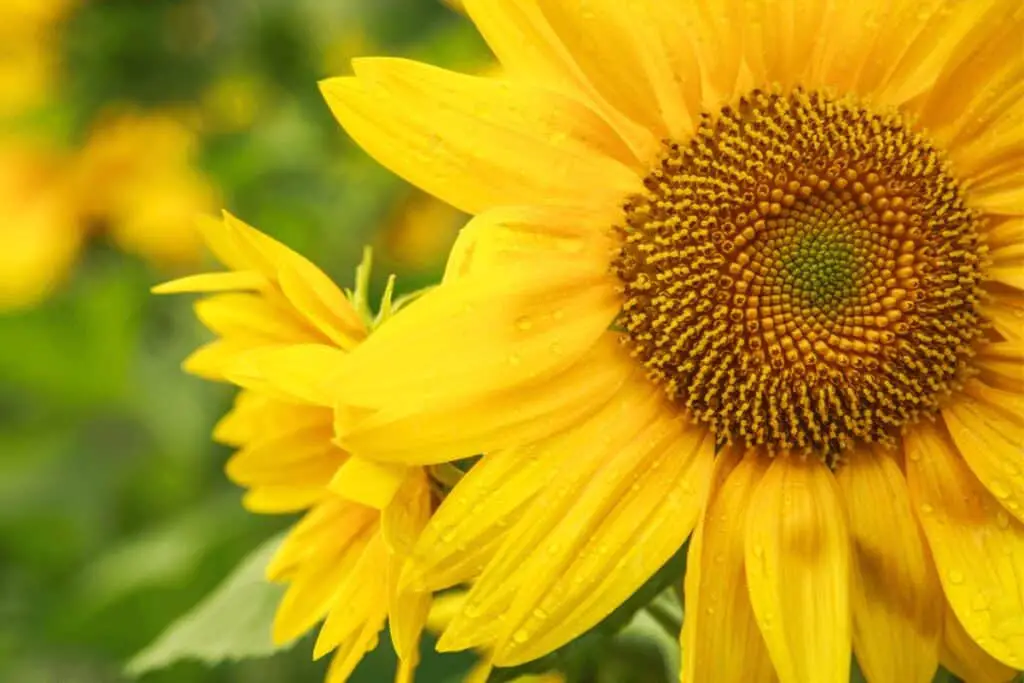
Choose the Right Tools
- Pruners: Using a good pair of bypass pruners will definitely do the trick. This can be the most time-consuming method but will give you the most precision.
Fiskars 7943 Softgrip Bypass Pruner

About this item
- Ideal for cutting stems and light branches
- Maximum cutting capacity: 5/8 inch diameter
- Low-friction coating helps the blade glide through wood, prevents the blade from gumming up with sap and debris, and helps the blade resist rust
- Softgrip touchpoints enhance comfort and control
Fiskars 9109 Traditional Bypass Pruner

About this item
- Ideal for cutting stems and light branches
- Fully hardened, precision-ground steel blade stays sharp, even through heavy use
- Low-friction coating helps the blade glide through wood, prevents the blades from gumming up with sap and debris, and helps the blades resist rust
- Self-cleaning sap groove keeps the blade from sticking for easy operation
- The all-steel design provides excellent durability for lasting value
gonicc 8″ Professional Premium Titanium

About this item
- Drop forged body and handles.
- Quality blade made of Premium Titanium steel with Ultra-fine Polishing Technology.
- Ergonomically designed non-slip handles are strong, lightweight, and comfortable.
- Sap groove design to help keep pruning shears from sticking by channeling off sap.
- Pruners can cut up to 3/4″ diameter size tree branches. This may vary depending on tree species.
- For protecting the blade from rust, we coated some Antirust Oil on the blade. So it is normal when you receive a product that has some oil on the blade
- Hedge Trimmers: This is usually the fastest way to cut back perennials. A reliable hedge trimmer is a great investment if you are looking to save time maintaining your landscape.
BLACK+DECKER BEHT100 16″ Electric Hedge Trimmer

About this item
- 16 in. Dual-action hardened Steel Black for reduced vibration while trimming
- 3.0 amp motor for trimming branches up to 5/8 in
- Lightweight, compact design is easy to use with less fatigue
- Cord retention prevents accidental unplugging
- Built-in t-handle and full-length trigger for control while cutting
Advantages of Cutting Back Perennials in Spring
1. Less Labour- By the time the curse of winter is over, you’ll notice that the foliage from last season’s perennials will be broken down and weak.
2. Root Protection- Leaving the dead stalks and foliage acts as natural insulation for the plant’s roots. This can be valuable added protection during colder winters or winters with less snow cover.
3. Birds and Wildlife- If you’re looking to help out birds and other wildlife then consider leaving perennials untouched until spring.
Many perennials such as Black-Eyed Susan and Coneflower offer animals a food source. Even though the flowers look completely spent they are good sources of food.
4. Some Perennials Have Winter Interest- Some perennials, like ornamental grasses for example, actually have a positive visual impact on your landscape during the winter.
FAQ
In general, you should prune shrubs and trees in late winter or spring. Perennial flowers and some grasses, on the other hand, should be cut back in the fall to keep them looking tidy and to control diseases.
When grown as a perennial, it can be very sensitive to cold and shouldn’t be cut back until tree buds begin to green up in the spring. When spring arrives, trim it back quite early to 6 to 10 inches, as the plants will bloom in mid to late summer on new growth.
Layer shredded tree leaves, compost, and fertilizer in the garden bed and turn under the soil. You could also dig trenches in the garden, pile in the leaves and compost, and cover with soil. These organic soil amendments will decompose over winter and leave the soil more fertile when spring rolls around.
Many factors influence the reliable return or the final farewell of perennials, depending on each plant’s ability to withstand overly harsh conditions such as drought, insect infestation, late heavy frost, consistently below-normal temperatures can influence the return of some perennials.
Perennials come back for many years, depending on the plant and winter weather conditions. Some perennials are grown like annuals in areas where the winter temperatures are too cold for the roots to survive. They sprout again from the roots next spring
They can be cut back in the fall or spring, without harming the plant’s bloom cycle either way. As cool weather begins to settle in, Black-Eyed Susan will begin to fade
Trimming should be done immediately after flowering stops in summer, but no later than August 1. Do not prune in fall, winter, or spring or you could be cutting off new buds. Tip-pruning the branches as leaves emerge in spring can encourage multiple, smaller flower heads rather than fewer larger flower heads.
Some perennials are evergreen, meaning they don’t die back at the end of the season. They stay green all year. These perennials should not be cut back. Instead, just prune away any dead foliage that appears throughout the season. Some popular evergreen perennials are Liriope, Hellebore, Blue Fescue, Red Hot Poker, and Hardy Geraniums.
Conclusion
Can you prune perennials in the Spring was the featured question in this article. We hope that some of your questions were answered.
Also, I found In this article from The Royal Horticultural Society the writer states, “Cutting back herbaceous perennials during autumn restores order and tidiness to the garden. However, this removes potential winter interest, in the form of height and structure, plus food and habitat sources for wildlife.” Just a thought for you gardeners.
Stats OECD
https://stats.oecd.org/glossary/detail.asp?ID=2037
Latest Posts
- What Types of Lettuces Can You Grow?

- How to Plant Onion Seeds for Maximum Germination
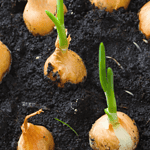
- How to Plant Parsnip Seeds for Maximum Germination

- How to Plant Mushroom Seeds for Maximum Germination
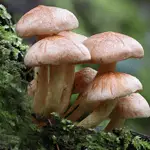
- How to Plant Lettuce Seeds for Maximum Germination

- How to Plant Kale Seeds: A Step-by-Step Guide to Maximum Germination Success!
